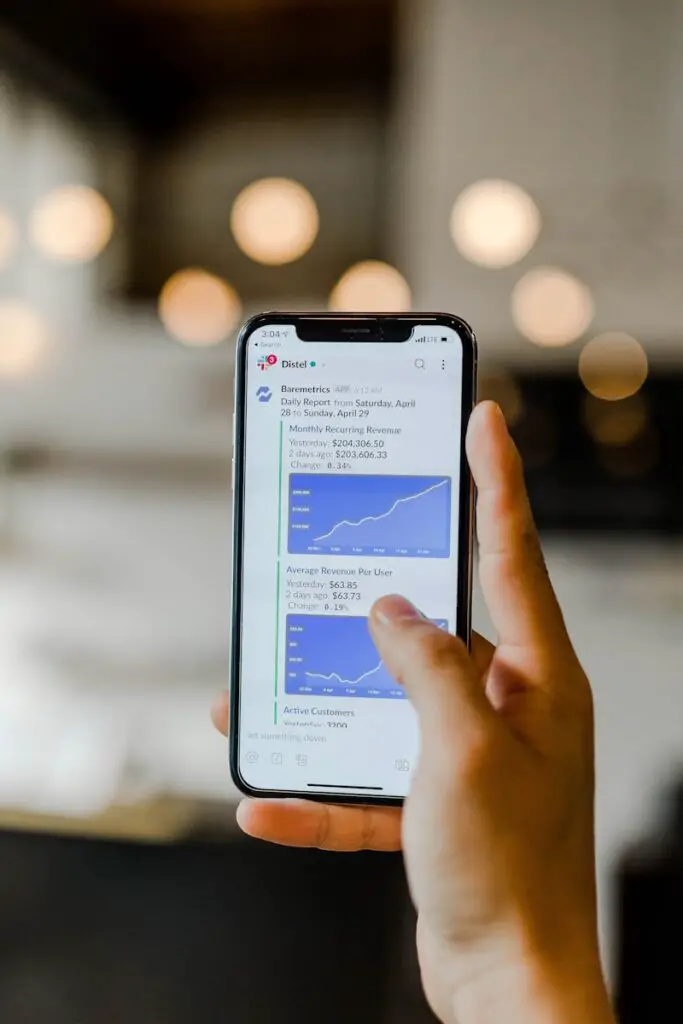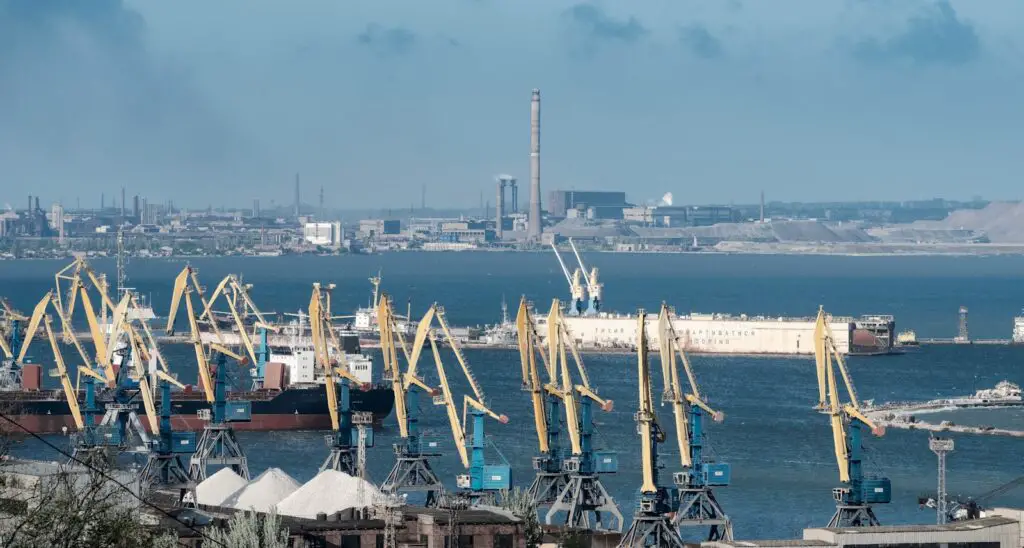The mid-grade vs premium gas price difference varies across Canada and is influenced by several factors. While there is a general wholesale price spread of 6 to 11 cents per litre between regular and premium, many stations set their own markup, sometimes charging as much as 32 cents per litre more for premium.
The Price Gap: How Big Is It?
On average, the price difference between regular and premium gasoline across Canada ranges from 8 to 14 cents per litre at the wholesale level, according to Natural Resources Canada. However, when you actually pull into a station, you might find the markup much steeper—sometimes 20 to 32 cents per litre more for premium grades.
Mid-grade gasoline, a blend of regular and premium fuels, often carries a markup of 12 to 20 cents per litre compared to regular unleaded. The wide variation can leave consumers scratching their heads, especially when regular gas prices between stations are relatively similar.
For example:
- In Toronto, as of March 2025, regular gas averages $1.67/litre, but premium can cost as much as $2.00/litre at certain stations.
- In Calgary, regular is about $1.59/litre, with premium hitting up to $1.89/litre.
- In Vancouver, notoriously Canada’s most expensive city for gas, premium has soared to $2.18/litre at some locations, a whopping 35 cents higher than regular.

Why Does the Spread Vary So Much?
Several key factors explain the price jumps:
1. Station Pricing Strategies
Some gas stations treat premium fuel as a luxury upsell. Without strict regulation on the markup, stations in high-traffic or affluent areas may inflate premium prices to boost profit margins.
Since premium and mid-grade prices are not required to be posted on street signs (only regular prices are), many drivers only discover the higher cost after pulling in.
2. Wholesale Price Differences
At the refinery level, the cost to produce premium gas is only slightly higher than regular. Premium fuel requires additives and a higher octane rating (91+), but the base cost difference is relatively modest—typically around 6–11 cents/litre.
Stations add their own markup to this spread, which can dramatically widen the gap you see.
3. Lack of Price Transparency
Because only regular fuel prices are prominently advertised, drivers often make decisions without knowing the full cost of upgrading to mid-grade or premium. Some stations exploit this lack of transparency by setting disproportionate markups.
4. Regional and Transportation Costs
Location plays a big role. Remote areas or cities with higher fuel taxes (like Vancouver or Montreal) naturally see higher premiums. Plus, transporting refined premium gasoline to less populated regions adds to the cost.
5. Demand and Sales Volume
Premium fuel represents a smaller share of total gasoline sales—around 12% nationally. Because it sells less, stations sometimes price it higher to maintain profitability per litre sold.
Do You Really Need Premium Gas?
Here’s the good news: Most vehicles in Canada don’t require premium fuel.
Unless your owner’s manual specifies premium, using regular gas in a vehicle tuned for premium may slightly reduce performance or efficiency, but won’t typically cause damage. In fact, many modern engines can adjust automatically to lower-octane fuel.
If your car is:
- Turbocharged or supercharged
- A luxury or high-performance model
- Specifically listed as requiring premium gas
Then premium is worth the investment for engine longevity and optimal performance.
Otherwise, sticking with regular or mid-grade (if needed) can save you hundreds of dollars per year.
How to Find Better Prices?
- Check Online Price Trackers – Websites like Gas Wizard provide insights into price trends.
- Compare Brands and Independent Stations – Stations like Costco, Centex, and smaller independent outlets often offer more reasonable spreads between regular and premium
- Use Loyalty Programs: Many brands like Esso Extra, Petro-Points, and Shell’s Air Miles offer fuel discounts or points that can reduce your effective per-litre cost.
- Time Your Fill-Ups: Prices tend to be lower early in the week (Monday/Tuesday) and spike before weekends and holidays.
- Know Your Car’s Needs: Only pay for premium if your vehicle truly needs it. Otherwise, you’re just enriching gas station profits!
In a world of rising costs, every cent counts. Drive smart, fuel smart, and keep your hard-earned money where it belongs—in your pocket.
Check out these handy tips for improving your mileage



